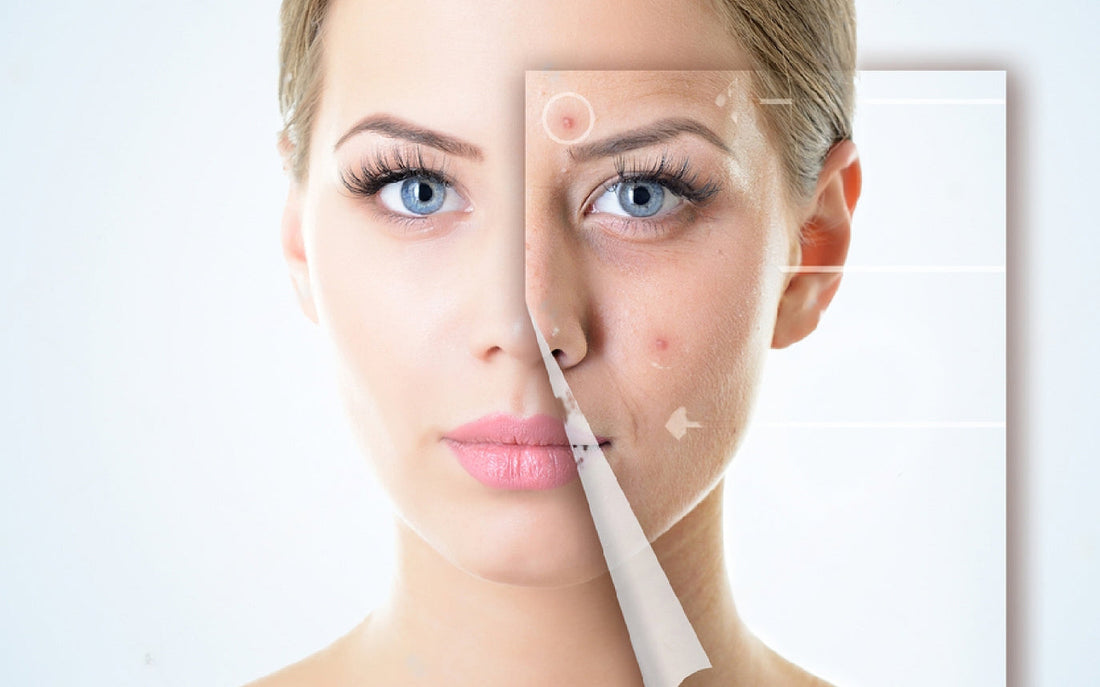
The Growing Market for Acne Medication: Clinically Proven Solutions and Investment Potential
Share

Acne, a common skin disorder, affects millions of people globally, from teenagers to adults. As one of the most prevalent dermatological conditions, it leads to a significant demand for effective treatments. The acne medication market is poised for substantial growth, driven by advancements in drug development, increased awareness, and the expanding availability of treatment options. This blog explores the current landscape of acne medications, market trends, and investment opportunities in the burgeoning sector.
Understanding Acne: Types and Treatments
Acne is classified into two primary types: inflammatory and non-inflammatory. Both conditions require different treatment approaches, and understanding these distinctions is crucial for selecting the right medication.
1. Inflammatory Acne
Inflammatory acne is characterized by red, swollen, and often painful bumps, such as pustules, nodules, and cysts. These occur when pores or hair follicles become clogged with oil, dead skin cells, and excess sebum. Inflammatory acne is common in both teenagers and adults and typically requires more intensive treatment.
2. Non-Inflammatory Acne
Non-inflammatory acne primarily consists of blackheads and whiteheads, which form when pores become clogged but do not result in swelling. These types of acne can often be treated effectively with over-the-counter (OTC) medications, such as salicylic acid, which exfoliates the skin and removes the buildup of dead skin cells.
Medication Types: Prescription vs. Over-the-Counter (OTC)
When it comes to treating acne, there are two main categories of medications: prescription and over-the-counter (OTC).
Prescription Medications
Prescription medications are typically recommended for moderate to severe acne. These drugs require a healthcare provider's authorization and can offer stronger, more targeted treatments. Common prescription options include topical antibiotics, retinoids, and oral medications like oral contraceptives or antibiotics.
Over-the-Counter Medications (OTC)
OTC products are widely available without the need for a prescription. They are typically used for treating mild acne or occasional breakouts. OTC treatments may include products containing benzoyl peroxide, salicylic acid, or alpha hydroxy acids (AHAs), which work to unclog pores and reduce inflammation.
Regional Market Analysis: Growth and Demand for Acne Medications
The acne medication market is expanding rapidly across the globe. North America holds the largest market share, with the U.S. leading the way. Factors contributing to this growth include urban lifestyles, unhealthy diets, and a high prevalence of acne among the population.
· North America: Accounting for 48% of the global market, North America is driven by the high incidence of acne in the U.S. and significant consumer awareness regarding treatment options. According to the American Academy of Dermatology, approximately 50 million people in the U.S. suffered from acne in 2021.
· Europe: The European market follows with a 24.94% market share. Increased awareness, accessibility of medications, and strong healthcare infrastructure fuel growth. Notable pharmaceutical companies such as Almirall SA, Galderma SA, and GlaxoSmithKline Plc are spearheading innovations in acne treatments.
· Asia-Pacific: Representing 17.02% of the global market, Asia-Pacific sees rising demand for acne therapeutics, alongside significant healthcare spending and an increase in the number of new product launches.
Emerging Markets:
Regions like the Middle East and developing countries are untapped yet hold immense potential for growth. Medical tourism is also on the rise, with patients traveling abroad to receive specialized acne treatments.
Investment Potential: A Growing Opportunity in Acne Medication
The global demand for effective acne treatments presents significant investment opportunities. Key trends driving growth in the acne medication market include:
· Innovation in Acne Treatments: New products with fewer side effects are becoming increasingly popular. Advanced formulations and targeted therapies promise better results, expanding market access and creating ample opportunities for investors.
· Medical Tourism: As developing countries offer affordable healthcare options, medical tourism is a rising trend. This could open doors for investors to fund local pharmaceutical manufacturing or tap into regional distribution channels.
· Technological Advancements: The rise of personalized medicine and AI-driven skincare solutions further enhances treatment outcomes, paving the way for smarter, data-driven healthcare services in the acne space.
The Middle East:
The Middle East stands out as an emerging market for the pharmaceutical sector. With its growing demand for skincare products and a relatively untapped market, the region presents unique opportunities for both manufacturing facilities and distribution channels for acne treatments.
Conclusion: Investing in Acne Medication's Future
The acne medication market is witnessing rapid growth, driven by a combination of technological innovation, increased awareness, and an expanding global population affected by acne. As new treatments emerge with fewer side effects and greater efficacy, the market's potential continues to rise.
For investors, this represents a lucrative opportunity to capitalize on the growing demand for acne solutions. Whether through direct investment in acne medication companies, supporting R&D, or entering emerging markets, now is the time to consider entering this dynamic, high-growth sector.
With the right strategic focus, investors can not only address a widespread health concern but also position themselves for long-term success in the rapidly expanding skincare and pharmaceutical industries.